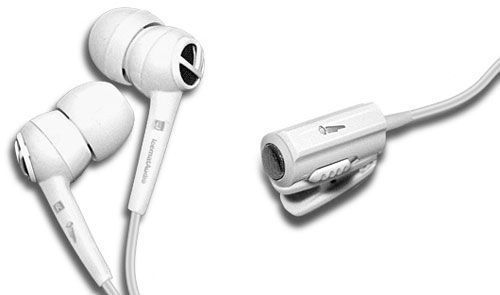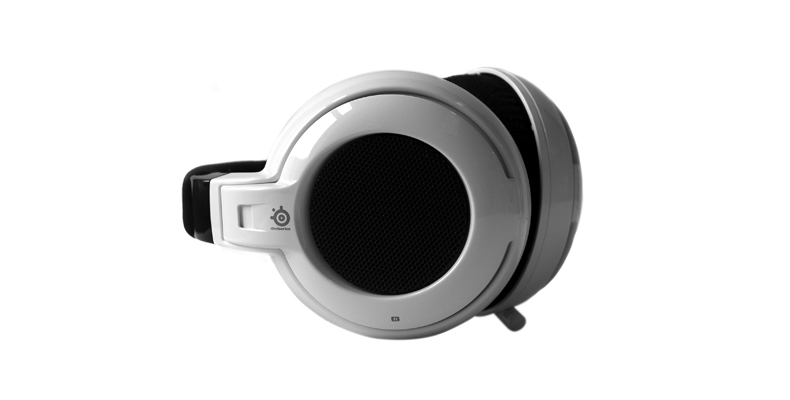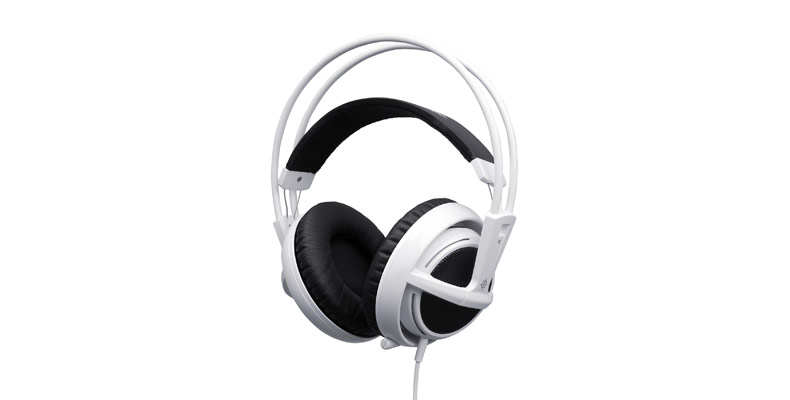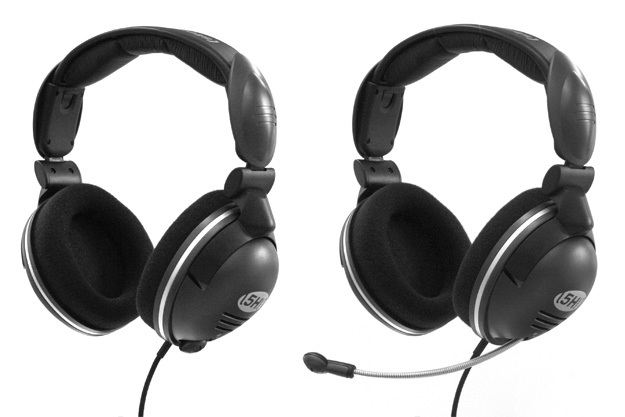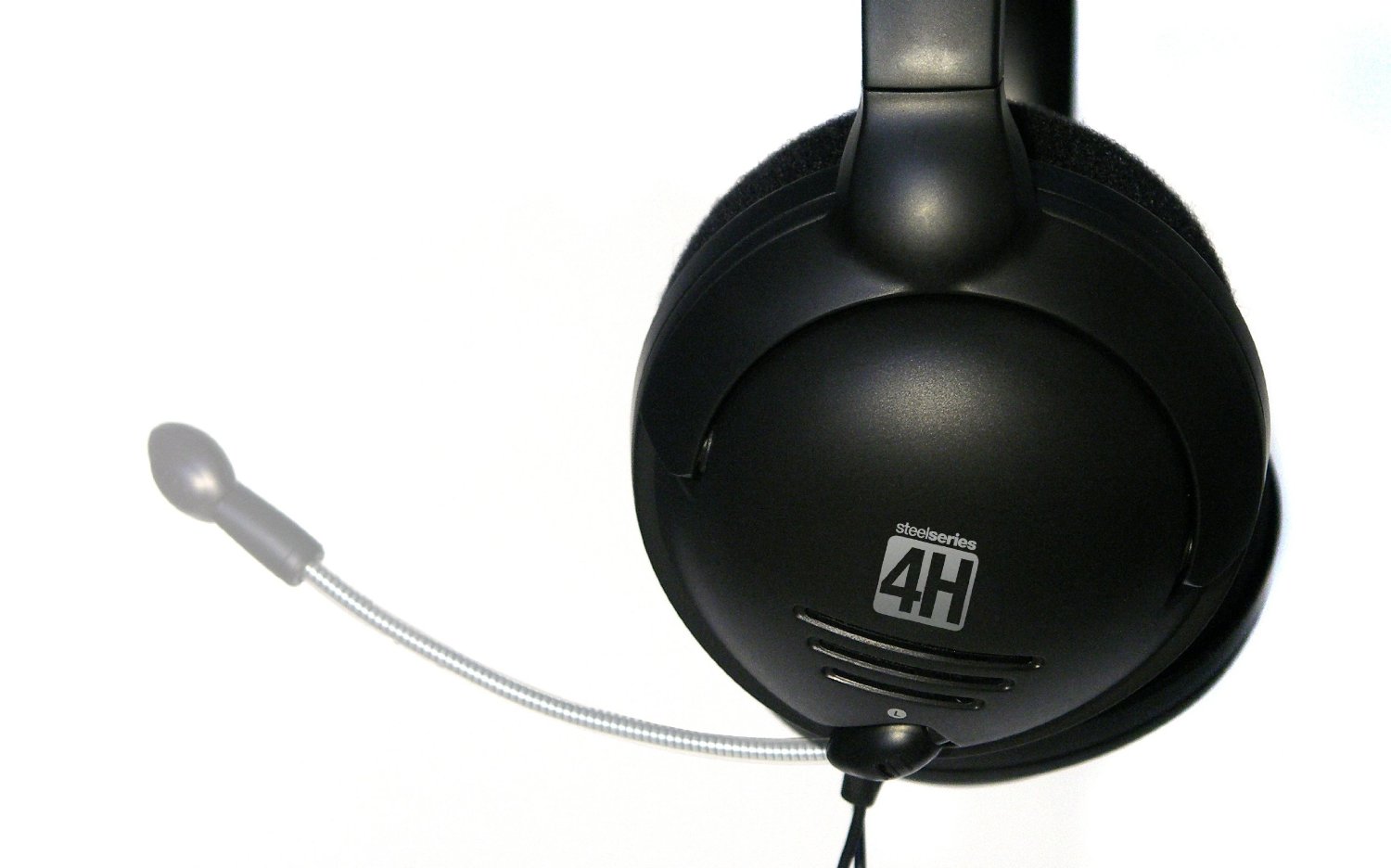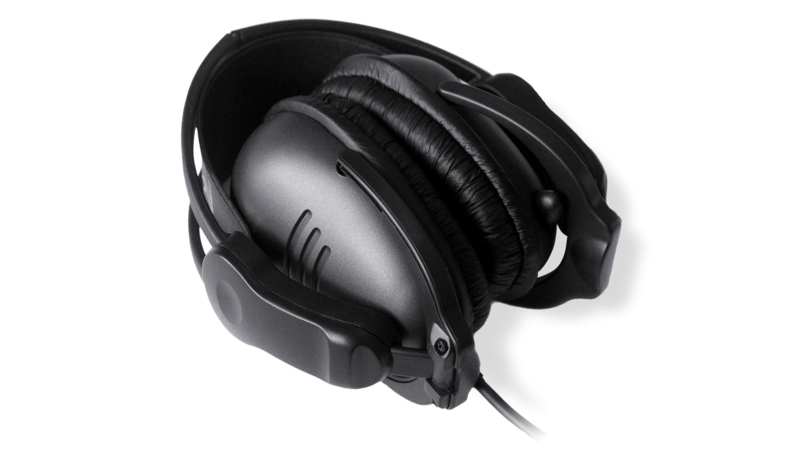SteelSeries always has a knack for providing the world with stunning sound for any application, and the addition of the earbud headphones to the mix is no exception.
The full headsets that SteelSeries has delivered have always been top notch. With computer gaming, the sound is crisp, clear and very well placed. You can hear the rustling of grass behind your left shoulder, you can hear the sounds of gunfire coming from great distances, you can hear it all. Unfortunately, that sound clarity does not transfer to the in ear headphones with ease. It’s one thing to be able to produce that kind of sound with large speakers that surround your ear, it’s another thing entirely to pull it off when it’s in your ear. During testing with World of Warcraft, I just didn’t get the sound clarity that I was hoping for. I won’t chalk it up to a flaw in the design of the earbuds, it’s simply a shortcoming of the earbud style itself.
However, for music enjoyment, these deliver in every way I was expecting. The packaging comes with two different in ear inserts. The typical rubber dome shaped inserts, as well as a three layered design that I’ve never come across before. I’m assuming that this design is for keeping more of the sound going into your ear and not escaping, but I didn’t notice a difference, other than the discomfort of the insert. It’s pretty big, and unless you have big ear canals, you’ll probably want to stick to the traditional inserts. Cord length is pretty standard, it’s long enough to keep your iPod in your pocket and still have some room to move around, but not so long that you are tripping over your own cord. The wire is the new softer rubber design that is resistant to kinking, and doesn’t catch on everything like the standard wire covers to. The bud fits pretty well in the ear and doesn’t fall out at the slightest tug like the stock iPod earbuds seem to.
The sound is second to none. Rock, techno, pop, even spoken word all come across clearly and balanced. The sound was never too tinny or too full of bass, it was a good mix of levels and made for a very enjoyable music listening experience. It also offers a small amount of ambient sound dampening. I tested the headphones on an airplane and I was able to hear the music at a reasonable level without getting outside sounds in. Granted, they’re certainly not design for noise canceling, but they do a pretty good job of keeping the noise out all on their own.
Overall, these headphones are best for your iPod. They put out a great sound, they’re comfortable, and the price is definitely right. Leave the computer gaming to the big headphones, and take these along with you when you need a good music fix.


